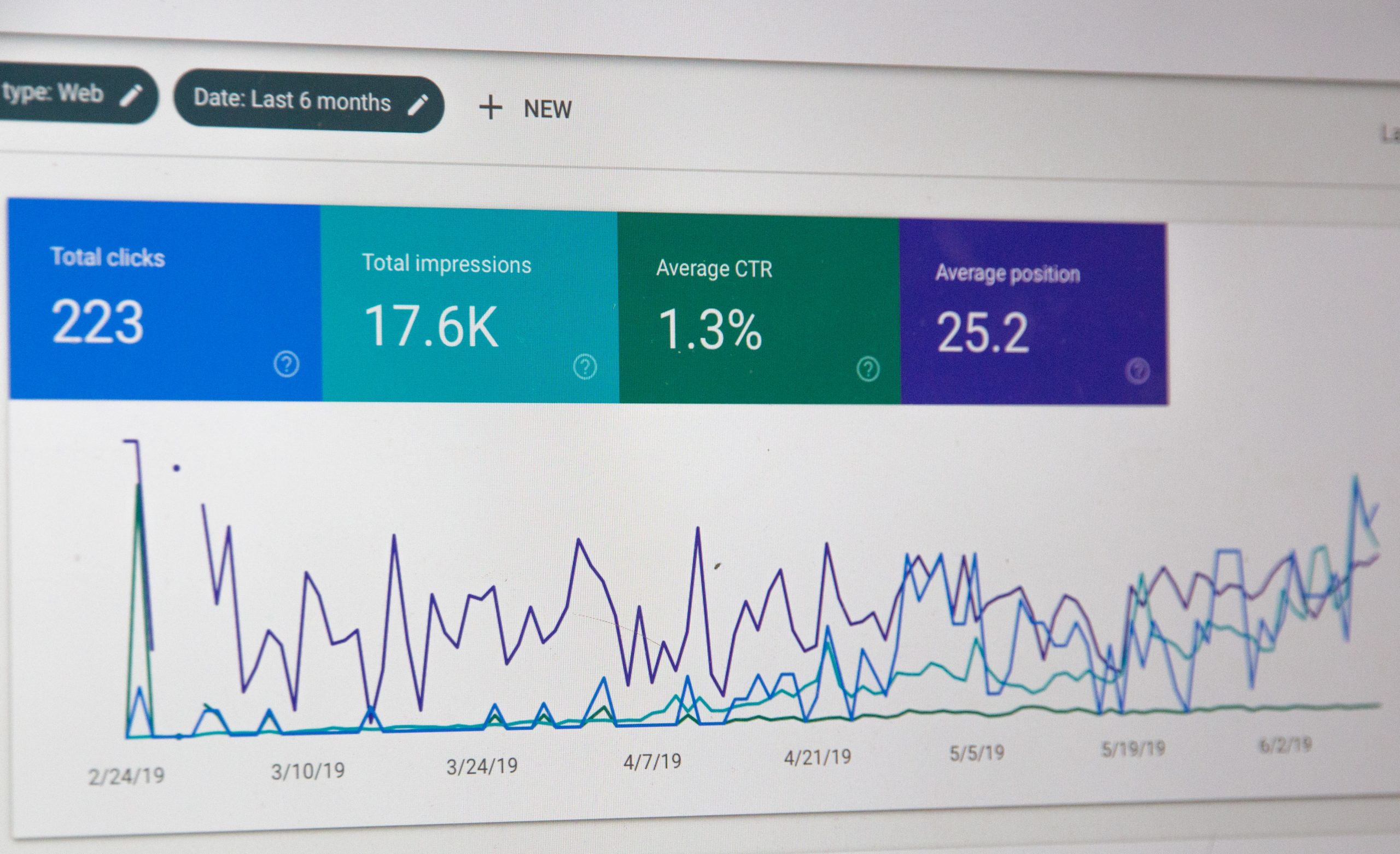Engine Oil: A Vital Ally in Your Car’s Lifespan
You’re on the open road, wind in your hair, the radio humming your favorite tunes, and the world stretched out…
Effective Techniques for Implementing Link Insertions
In the intricate world of SEO, link insertions stand out as a potent tool for enhancing website visibility. But why…
SEO Link Building: A Strategic Overview
Welcome to the intricate world of SEO link building, a cornerstone of digital marketing strategies that stands as a testament…
7 Impacts of Metaverse on the Vlogging Business
The concept of a “metaverse” has been around for decades, but recent technological advancements and increased interest in virtual worlds…
Cryptocurrency Culture: Accepting the Future of Digital Assets
With the emergence of cryptocurrencies, the financial industry has undergone a significant transformation. This digital form of money has become…
Why You Need to Reduce Digital Clutter: 5 Reasons & Ways
While most people understand the need to declutter their workspace or home, they fail to realize the importance of clearing…
How to Convert MKV to MP4 on Any Device: A Step-by-Step Guide
File formats play a pivotal role in shaping your multimedia experience. They determine the compatibility and quality of your videos,…
Low-cost Mobile Plans Give You the Power of Free Perks
Remember the old saying, “The best things in life are free?” Well, it’s time to learn that lesson again when…
How to Turn Off the Green Light on Alexa: A Step-by-Step Guide
If you are a proud owner of an Alexa-enabled device, you might have noticed a green light that turns on…
The Hidden Costs of Alexa: How Much Does Alexa Cost per Month?
In recent years, the popularity of smart home devices has grown exponentially. The most popular of these devices is the…
How to Connect Sonos One to TV: A Step-by-Step Guide
If you own a Sonos One and a TV, you may be wondering if you can connect them to enjoy…
How to Connect Blink to Alexa: A Step-by-Step Guide
As technology advances, smart home devices have become more popular. One such device is the Blink camera, which allows you…





